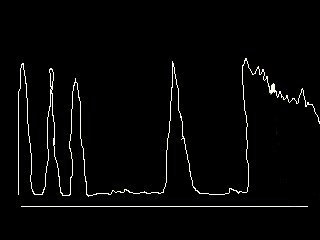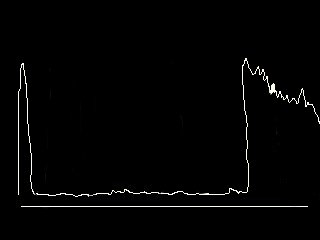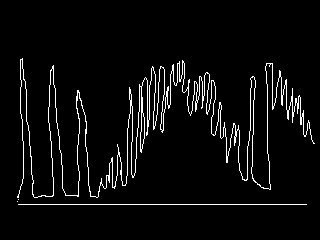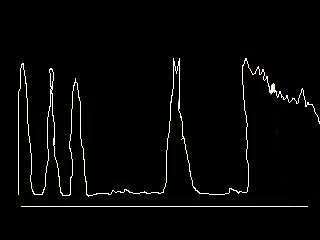| Common A scan (Amplitude scan)
Cases in OSCE
(like all imagings, ultrasound scans should supplement clinical findings and not be used alone in clinical diagnosis or management) |
|||||||||
1. Most cases of A scan appearing in the OSCE are related to the biometry calculation.
this is between 22.5 and 24.5 mm - in the absence of pathology that might affect eye size (eg, unilateral refractive error, coloboma or staphyloma), most individuals have similar axial lengths in each eye . . questions. Using the principles of ultrasound can you diagnose or give a differential diagnosis for the following scans ? (click on the scans for questions and answers)
|




